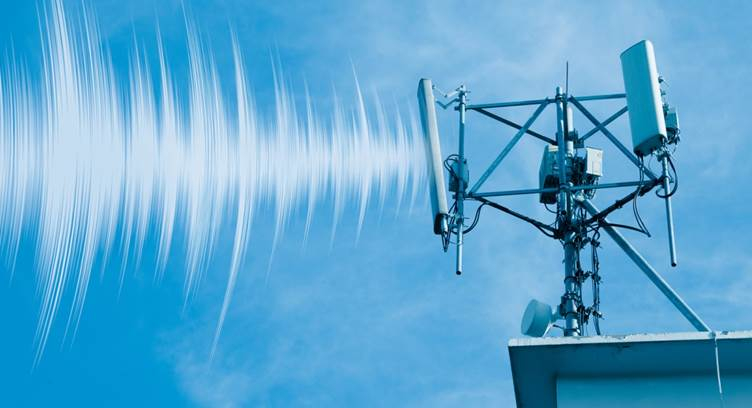Siklu recently announced that its millimeter wave (mmWave) solutions have been deployed at the Statue of Liberty to deliver high speed, secure and interference free Gigabit fiber extension to Liberty Island in the New York Harbor.
Providing security for the U.S. national monuments is one of the primary concerns for the National Park Service. Many of these great treasures include natural environments and monuments that are located in highly scenic areas. What they have in common is the minimal availability of wireline connectivity to support video surveillance and other security systems. This is the case for the Statue of Liberty National Monument located on Liberty Island in New York Harbor. The Statue Monument's security is supported by a large network of video cameras, generating tens if not hundreds of megabits of traffic. All of this traffic needed to be off-loaded from the island to the mainland's fiber network.
The major challenge of this project was the absence of high-speed network connections. There was no wireline connection between Liberty Island on one end and Manhattan or New Jersey on another. Additionally, due to the harbor's heavy ship traffic and water reflection interference, it was problematic to connect the island with the mainland using conventional wireless radio connection.
Siklu's mmWave links, which were used to connect Battery Park and Liberty Park to Ellis Island, and ultimately Liberty Island, allowed to greatly reduce the height requirements for the Statue's wireless network. Due to the narrow pencil beams used in mmWave, the network's radio connections can avoid heavy ship traffic of New York Harbor, and thus do not need to be mounted on hundred-foot towers. Additionally, the mmWave's frequencies, along with the narrow beams, help to ensure that not only interference is not a concern for Statue's network connections today, but it will never be an issue in the future.




















